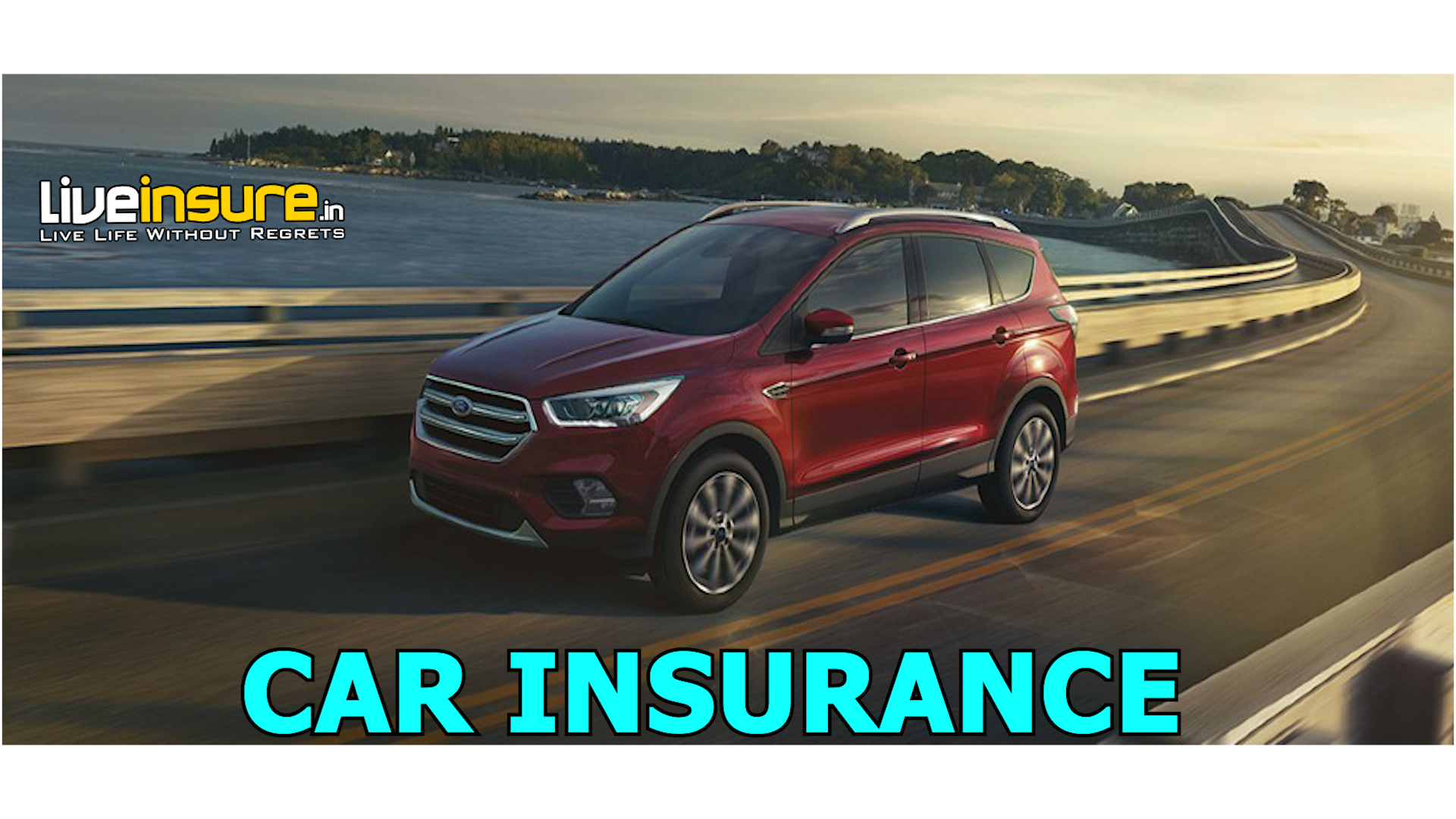If you own a car, you’re going to need to show “financial responsibility,” meaning you can pay if you or someone else driving your car causes an accident.
Every state has some form of financial responsibility law and most drivers satisfy this requirement by buying car insurance. It’s typically the easiest and most affordable way. If you don’t want car insurance, your state might require you to post a bond that can run upwards of $50,000 to show financial responsibility.
Once you’ve ruled out the idea of forking over tens of thousands of dollars to your state, the next logical question is: How much car insurance do I need?
How Much Car Insurance Do I Need?
State laws mandate the types and levels of auto insurance coverages you must purchase before taking your automobile out on the road.
For example, California requires all motorists to carry at least $15,000 in bodily injury liability coverage for one injury in a single accident, $30,000 in coverage for multiple injuries, and $5,000 in property damage liability coverage.
While liability insurance is the most common mandatory coverage, some states require other types of protections. For instance, Massachusetts requires bodily injury and property damage liability coverages, as well as personal injury protection and uninsured motorist coverage.
If you’re at fault for an accident that causes serious injuries to the other driver, you’ll likely need more liability coverage than your state requires. Consider this: The average hospital stay costs around $10,000 per day, according to the U.S. Centers for Medicare and Medicaid Services.
Insurance experts recommend carrying at least $100,000 in liability coverage for one injury, $300,000 for multiple injuries, and $100,000 in property damage liability, typically described as 100/300/100 coverage.
You may also choose to beef up your coverage for added asset protection.
Bodily Injury Liability
Most states require drivers to carry bodily injury liability coverage. If an accident results in physical injury to someone else, bodily injury liability can help pay the medical expenses of the other driver and their passengers.
For many drivers, the recommended 100/300/100 policy, which includes $100,000 in liability coverage for one injury, will provide enough coverage.
Property Damage Liability
Most states also typically require you to carry a minimum level of property damage liability coverage, which pays for damages caused by your car to property you don’t own.
Again, your state’s minimum coverage might not be enough to protect your assets, especially amid the rising price of automobiles. If a California driver carrying only the required $5,000 in property damage liability collides with a Lamborghini, you can imagine they would face serious out-of-pocket costs.
Optional umbrella insurance policies, which kick in after you’ve exhausted your car insurance policy’s liability limits, can help maximize your protection. Umbrella policies can cover many types of liability, including injuries and property damage, potentially offering coverage of hundreds of thousands of dollars more.
Collision
States don’t require collision coverage, but if you finance your car, the lender will. Collision coverage can help pay to repair or replace your vehicle if it’s damaged in a collision with another automobile or an object such as a building or tree. Collision coverage requires you to pay a deductible. Choosing a higher deductible can decrease your rate, but you’ll have to pay more out of pocket if you file a claim.
For a totaled car, collision coverage usually pays actual cash value, which applies depreciation for its age and general wear and tear. After paying off your car loan, you may consider dropping collision coverage if you need to save money with insurance. If you own your car outright and its worth is near or below the amount of your collision deductible, you don’t need to continue the coverage.
Comprehensive
When financing an automobile, the lender will likely require you to buy comprehensive coverage. Comprehensive coverage covers non-collision losses such as damage caused by natural disasters or vandalism, and can help pay to replace your automobile if it’s stolen.
Comprehensive coverage requires paying a deductible, which you can increase to lower your premium. Although comprehensive coverage is affordable and valuable when you need it, like with collision coverage, you probably don’t need to continue coverage once your vehicle’s value nears the coverage’s deductible amount.
Medical Payments
If you’re involved in an accident that causes injuries, medical payments coverage can help pay the medical expenses of you and your passengers. It can help pay for visits to doctors, emergency services, hospitalization, and nursing care, no matter who caused the accident.
This affordable coverage is only required in a few states, and isn’t available in all states.
Personal Injury Protection (PIP)
Several states require motorists to carry personal injury protection (PIP) coverage, which helps pay medical expenses, regardless of who is at fault for an accident. PIP goes a step further than medical payments coverage, paying expenses such as funeral costs and lost wages. PIP coverage is not available in all states.6
Uninsured/Underinsured Motorist
Some states require automobile owners to carry uninsured motorist coverage, underinsured motorist coverage, or both. Uninsured motorist coverage can help pay your medical bills or car repair costs if an uninsured driver causes an accident with your vehicle. Underinsured motorist coverage can help pay your medical bills if the at-fault driver’s bodily injury liability coverage doesn’t pay all your expenses.
Examples of Car Insurance Needs
Auto insurance doesn’t come in one-size-fits-all packages. You can change your coverages throughout the life of your car. If you finance a new set of wheels, you’ll need to carry state-required coverages, plus collision and comprehensive coverage.
After paying off the auto loan, you can discontinue collision and comprehensive coverages, but consider continuing the protections if the automobile’s value is substantially higher than your deductibles. When you renew your car insurance policy, you also have the option to raise your deductibles to lower your rate.
Let’s look at a few examples.
Example 1: New luxury vehicle
Janice, the founder and CEO of a company, just bought a new Mercedes Benz A-Class for around $33,000. She financed the vehicle, so she purchased a full-coverage policy with collision and comprehensive coverages.
For liability coverage, she chose higher coverage than her state requires, using the recommended 100/300/100 coverage levels. Since her net worth is above $1 million, she also carries an umbrella policy to protect her assets. Janice usually trades in vehicles every two years, so she plans to keep all coverages until she buys another car.
Example 2: Fully-owned vehicle
Randy bought a new Toyota Camry in 2016. Like Janice, he chose a policy with 100/300/100 liability limits, but since he’s a graduate student with modest assets, he doesn’t see the need for an umbrella policy.
Randy just made his last car payment and received the Camry’s title. Although Randy could discontinue collision and comprehensive coverage since he owns his car outright, he has decided to keep the coverage for a few more years because the automobile still has a market value of around $18,000.
But since Randy plans to keep his Toyota as long as it’s roadworthy, he plans to drop collision and comprehensive coverages when the car’s market value drops to around $1,000.
Example 3: Older vehicle
Sam just graduated from college and bought the only vehicle he could afford: an old Ford truck, which he bought for $1,000. Although he has few assets, he decided to buy a policy with 100/300/100 liability limits, which his insurance agent recommended.
But since his truck isn’t worth much, Sam didn’t buy collision or comprehensive coverages.
Additional Car Insurance Coverage
Outside of liability and full coverage insurance, there are a number of add-on policies that offer coverage for other costs related to car ownership. While they do add to your insurance rates, some offer a good value and peace of mind on the road. These include:
Car Insurance Add-ons
Though not required, customers can purchase the following coverage types:
| Roadside assistance | Covers breakdowns, lockout services and towing needs |
|---|---|
| Rental reimbursement | Covers rental car or taxi services if your primary vehicle is in the shop due to a covered repair |
| New car replacement | Usually only applies to newer vehicles and will help you purchase a new vehicle if your car is deemed a total loss |
| Umbrella insurance | Extra insurance beyond normal policy limits that can be used to cover injuries, property damage and other liability claims |
Not all insurance providers have these options, so be sure to ask about the coverage you want when getting a quote or contacting an insurer for information.
How Much Auto Insurance Do I Need?: Conclusion
The car insurance coverage that you need to purchase in order to operate your vehicle legally will depend on the state that you live in and the car that you drive. Most states require liability insurance at a minimum. However, this will only protect others in an accident and not yourself, which is why it’s important to look at all of your coverage options as you make a decision.
Auto Insurance Coverage Recommendations
Most car insurance companies will offer you a range of coverage options when you shop for car insurance. Based on our research of the best car insurance companies, we recommend reaching out to USAA and Progressive for car insurance quotes.
USAA: Low Rates for Military
USAA scores well in J.D. Power customer satisfaction surveys and offers low rates for most drivers, according to our research. In fact, the company tends to be about 48% cheaper than the national average for good drivers based on our rate estimates. However, USAA is only available to military members, veterans and their families, so it’s not a viable option for everyone.
Progressive: Low Rates for High-risk Drivers
Progressive offers special discounts that can be useful for drivers with DUIs or speeding violations on their record, including the usage-based insurance program Snapshot®. This program puts more weight on current driving habits than your driving history. Additionally, Progressive’s rates are about 7% cheaper than the national average, according to our estimates.




